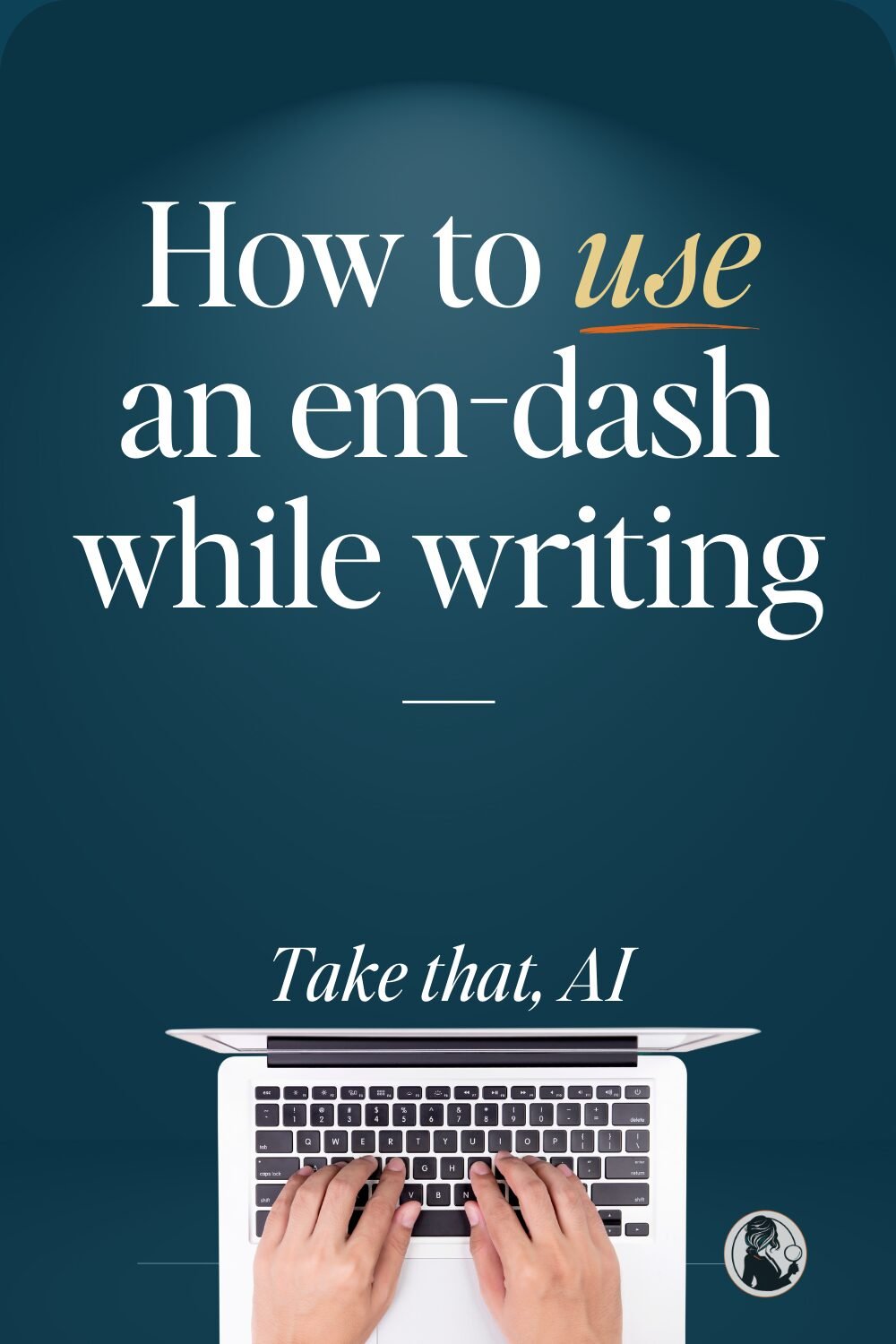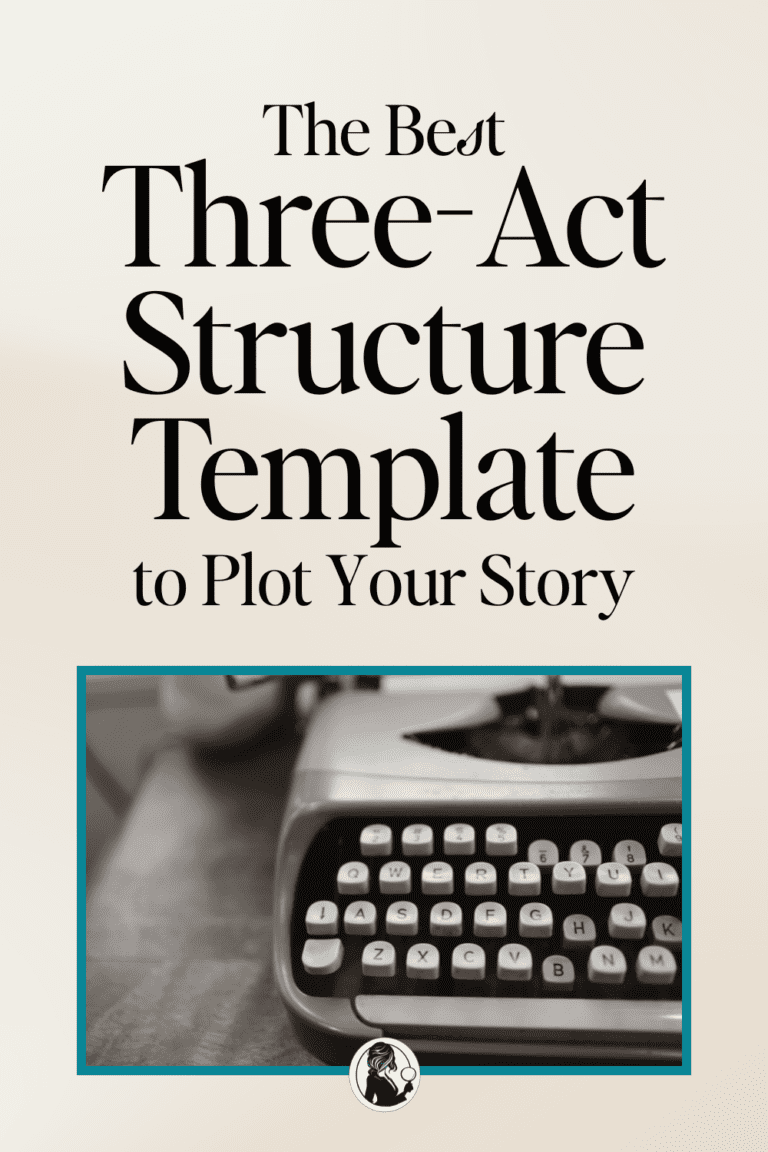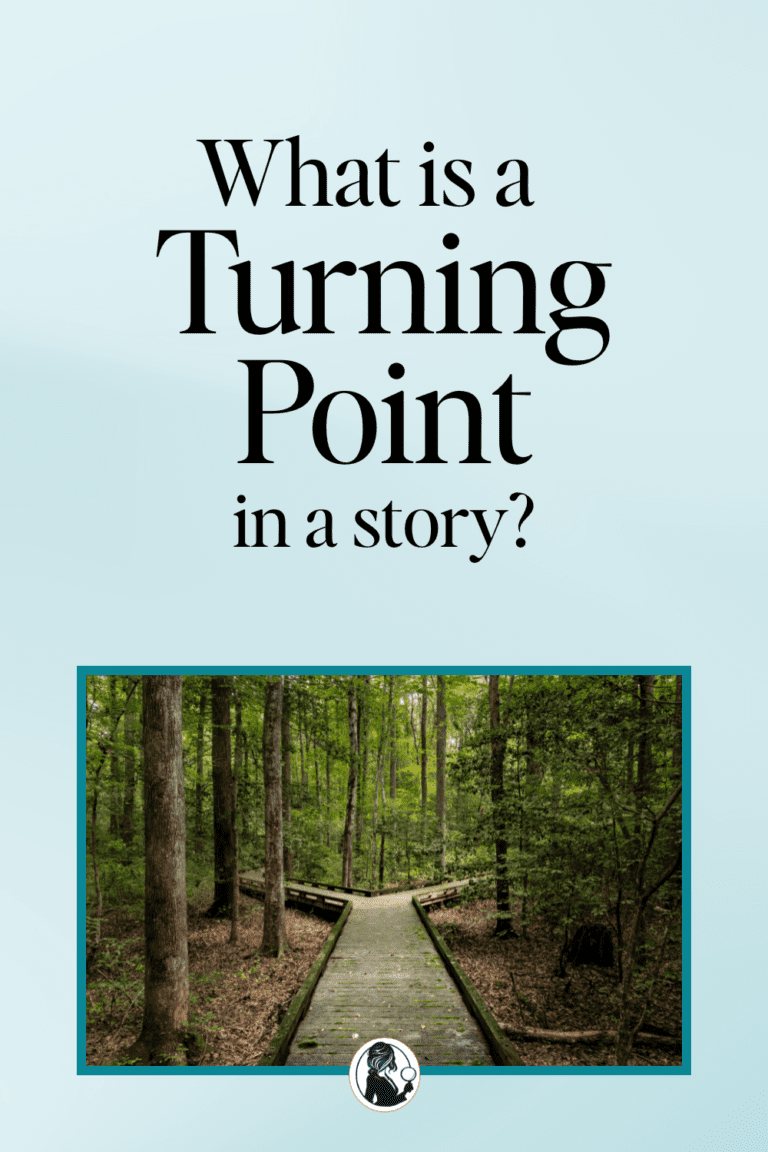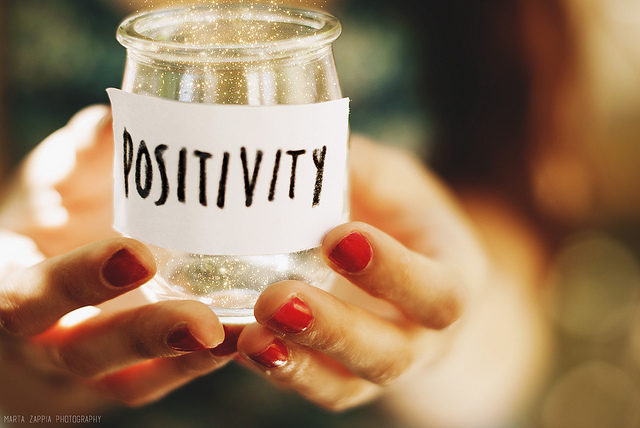The Em Dash Dilemma: Has AI ruined our favorite punctuation?
Let’s talk about the em dash—the punctuation mark writers have long adored for its versatility, flair, and ability to break the rules just enough to keep things interesting.
I love em dashes. You could say this is my love letter to the amazing, almighty em dash. They’re fun. Useful—they bring a certain panache, call out a side note of importance, and generally make me happy. It’s my favorite punctuation.
But here’s the problem: The em dash has become the punctuation equivalent of a neon sign flashing: “AI wrote this.”
AI tools love em dashes—sometimes a little too much. It’s become their go-to punctuation for stitching ideas together, adding emphasis, or sounding conversational. It uses it whenever something needs to be bridged… it doesn’t care. So much so that, for many readers and editors, a page littered with em dashes is starting to look suspiciously robotic. Even the occasional, well-placed em dash is suspect.
So write them at your own risk, but if you do: this article will give you the shortcuts on how.
What is the em dash?
An em dash (—) is a punctuation mark used to create a strong break in a sentence. It can replace commas, colons, parentheses, or semicolons—especially when you want drama, emphasis, or a conversational aside.
Basically, the em dash is punctuation’s way of leaning in, lowering its voice, and telling you a secret.
When should you use the em dash vs the en dash?
Here’s how to wield your dashes with style (and avoid sounding like a robot):
Em dash ( — )
Use it to:
- Note a sudden change or sudden change in the sentence—such as structure, sharing examples, explanations, or related but separate information. (I started the day ready to conquer my to-do list—then I remembered I have zero motivation.)
- Set off additional information. (Whenever I say I’m cooking dinner—my DoorDash driver somehow always knows to be on standby.)
- Add emphasis or pause for effect. (I told myself I’d go to the gym today—and then my couch said, ‘No, you won’t.’)
- Being more dramatic than a colon calls for. (I finally discovered the secret to a productive workday—don’t open your email.)
En dash ( – ) Use this when you want to connect things of equal weight.
For example, when you want to:
- Show numerical ranges (Ideal sleep: 8–9 hours. My reality: 4–5, if I’m lucky.)
- Show a connection or direction between words where a “to” or “and” is implied. (My weekend plan? Couch–fridge–bed. Repeat as necessary.)
- Show a relationship between two names. (The epic cat–dog rivalry is alive and well in my living room.)
- Use complex compound adjectives (She gave me that I-haven’t-had-coffee-yet look this morning.)
- Show conflict or opposition (My relationship status: pizza–diet war, with pizza winning every time.)
How to type an em dash?
There are a few ways you can get the em-dash into your words.
Windows: Use the ALT code
On a keyboard with a numerical pad, you can use the ALT code. Hold the ALT button down and press 0151. ALT+0151
(Also note that ALT+0150 will give you the en-dash)
Windows: Use the Windows key
Whatever you’re typing next, when the time comes to add in your em dash, find the Windows key on your keyboard – it looks like this:
Hold the Windows key and click the ; key. This window will pop up:
The first screen is your emoji list. But if you click over the “symbols” tab, you’ll find the em dash along with other less common symbols:
Type an em dash on a Mac
For those of you on a Mac, I hear it’s pretty simple to get your em dashes when you want them: option + shift + dash (-) to get the em dash. (And hold the SHIFT and OPTION keys and press the minus key for an en dash.)
Copy it from right here
If all else fails, here you go. Grab any one of them below:
— — — — — — — — — (❁´◡`❁) — — — — —— — — — —
The Final Word
Yes, the em dash has a bit of an identity crisis right now. AI has overused it to the point where some people see a page full of em dashes and think: “Robot.”
But don’t abandon it. Use it with purpose, with precision, and with the flair it deserves. The em dash still belongs to human writers—it’s just time to remind the world how to use it well.










Friendly greetings Jeannie! Thank you for your take on this, and also taking a moment to illuminate the differences with the en dash as well. I’m compiling a list of links for 💖 EM DASH LOVERS, please let me know if you’d like to be included: https://torley.substack.com/p/–